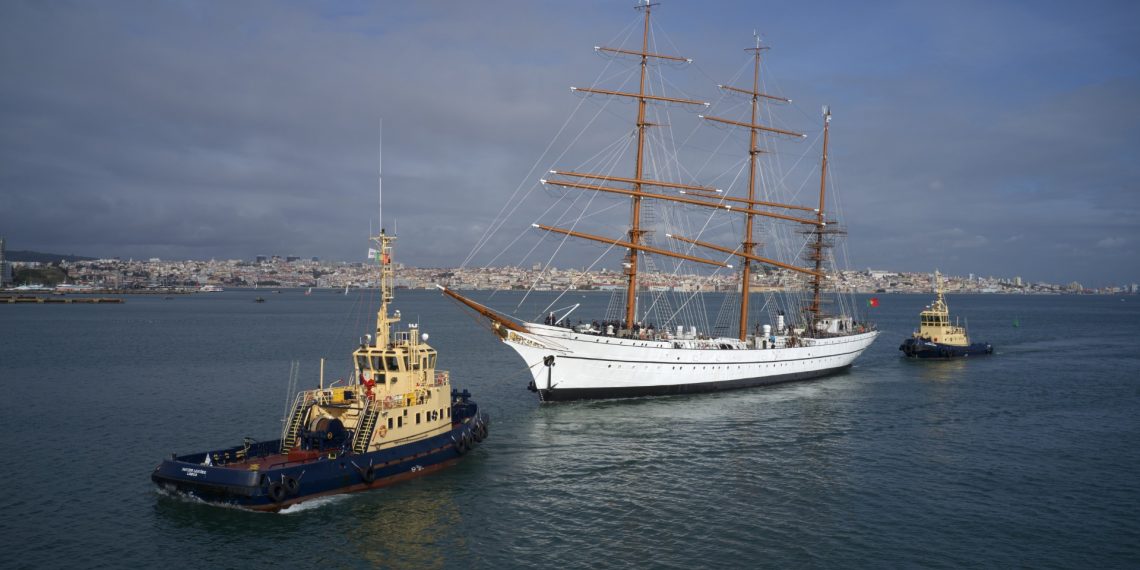INESC TEC, together with the Portuguese Navy, within the scope of the SAIL (Space-Atmosphere-Ocean Interactions in the marine boundary Layer) project, is helping to equip the School Ship Sagres to study atmospheric electricity and climate change. Therefore, the vessel is being transformed into a true scientific laboratory that will allow a pioneer study in these two topics.
The goal is to develop a scientific observation platform on the NRP Sagres school ship for the collection of atmosphere and ocean data. These data will be collected throughout the circumnavigation, which the vessel will make starting from 5 January of 2020.
What are the expected results? On the one hand, increasing the climate knowledge by studying the effects of climate changes on the planet’s electrical circuit, thus allowing a better prediction of the climate evolution. On the other hand, assessing the health of the ocean, which has a significant global impact on sectors such as fisheries, marine activities or even energy, by collecting biological samples (fishes) for further laboratory analysis.
The circumnavigation, which will last for 371 days, will measure the atmospheric electric field, about 100 years after the first measurements performed on board of the research vessel “Carnegie”.
“Data collected at the beginning of the twentieth century allowed us to discover the global origin of the atmospheric electric field and its relationship with storms and electric discharges on the planet, but they don’t consider the most recent climate changes, in particular, the concentration of aerosols that significantly influences the atmospheric conductivity. With this project, we want to provide measurements of the atmospheric electric field in the twenty-first century, to update what is known as the Carnegie curve, and to understand the effect of climate change on the electrical properties of the atmosphere, ”says Susana Barbosa, researcher of INESC TEC’s Centre for Robotics and Autonomous Systems (CRAS) and Centre for Information Systems and Computer Graphics (CSIG).
The team of this multidisciplinary project is composed by experts in robotics, oceanographic engineering, geophysical monitoring, information management, photonics and marine biology.
The SAIL project, which will last for three years and will be led by INESC TEC, has the Navy/MDN (CINAV), the AIR Center (Atlantic International Research Centre), the CIIMAR (Interdisciplinary Centre of Marine and Environmental Research) and the University of Minho as partners. The following foreign institutions also collaborate in this project: University of Reading, Federal University of Paraná and INESC P&D Brasil.
The researcher mentioned in this news piece is associated with INESC TEC.




 News, current topics, curiosities and so much more about INESC TEC and its community!
News, current topics, curiosities and so much more about INESC TEC and its community!